Creating Cross-Curricular Text Sets for the Middle Grades
 By Amanda Wall
By Amanda Wall
A text set is a group of texts that share a common theme. Text sets are common in elementary school classrooms, and they can also be a great resource in middle school classrooms—across the content areas. Text sets allow students to explore different aspects of a topic through texts that differ in ways such as genre, format, and complexity.
Middle grades preservice teachers in a Literature and Writing course recently designed text sets for their future classrooms. These preservice teachers plan to teach a variety of content areas besides Language Arts. We’re going to share our process as well as some examples in hopes of inspiring you to put together your own text set.
Organizing a Text Set
The first step was to understand the goal behind a text set—to assemble a set of texts to explore a common theme. Two ways to organize text sets are by general themes or by an anchor text, a text that frames the text set. We organized text sets around anchor texts. By the time the preservice teachers were ready to design their text sets, we had read some selections and highlights from young adolescent literary works and had formed two book groups, each based on a different novel.
Designing a Text Set
To design the text set, each person thought about a theme in the anchor text to explore through the text set. Different people were able to design different text sets around a shared anchor text. In this way, each preservice teacher selected an anchor text and a topic within that text to explore further through the text set.
Next, each preservice teacher began to put a text set together. These requirements framed the assignment:
- The text set needed to include 6-8 texts, including the anchor text.
- The text set had to include both narrative and informational genres.
- The text set had to include both print and digital texts.
- The text set needed to include texts of varying complexity.
The completed text set was presented in a box, basket, or other container that a teacher may have in a classroom. For each text, they wrote an original synopsis of each text that connected it to the anchor text and was written to engage students. Each preservice teacher also designed a sample assignment built around the text set. Their sample assignments were designed to (1) require students to read multiple texts in the text set; (2) offer students choice; and (3) promote higher-order thinking about the texts and the anchor text.
Resources for Texts
To help preservice teachers find appropriate texts, these links were shared at the beginning of the assignment:
- Lexile Framework Find A Book
- Scholastic Book Wizard
- Newbery Medal Books
- YALSA (Young Adult Library Services Association) Best of the Best
- YALSA Nonfiction Award
There are other ways that you can locate texts for text sets. Your local library (whether a school library or a public library) is a great resource. Wesbites such as Goodreads or Amazon can yield suggestions, as can other teachers.
Even though each preservice teacher turned in a text set with all texts present, this assignment did not require them to purchase all the texts. They were encouraged to use both the university library and the public library to find texts.
Three Example Text Sets
Everyone designed a text set that could be successful in a middle grades classroom. Here, we want to highlight three examples (the student names are pseudonyms). Two examples show how the same anchor text can inspire different text sets in different content areas. The third example is a text set designed for math—yes, math! This example demonstrates how text sets are not just for Language Arts.
 Same Book, Different Text Sets
Same Book, Different Text Sets
Some preservice teachers chose R.J. Palacio’s Wonder as their anchor texts. This fantastic novel follows Auggie Pullman, who was born with significant facial deformities, through fifth grade, his first year in school after many years of homeschooling. Julia, who plans to teach science and math, focused on the main character’s birth defects and built a text set around genetics and birth disorders. Amy, who plans to teach Language Arts, focused on Auggie’s social experience and crafted a text set around understanding and responding to differences.
As a future teacher of science, Julia focused on the genetics behind Auggie’s appearance and other birth defects that people experience. Some of her texts were:
- Rat by Jan Cheripko
- The Lovely Shoes by Susan Shreve
Both these narratives follow other young people who face difficulties as a result of birth defects. Julia also sourced two science books that she could use in excerpts and with annotations.
Amy focused on Auggie’s social experience of being bullied at his new school. She generalized from Auggie’s specific experience to the experiences other young people have with bullies. Some of her texts included:
- The Giver, by Lois Lowry
- Frankenstein, by Mary Shelley
- The Biggest Nose, a picture book by Mary Caple.
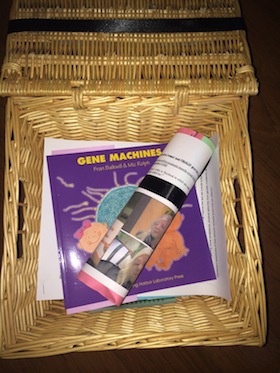
Text Sets in Math
Other preservice teachers designed text sets for their future math classrooms. Margaret, for example, started with James Patterson’s Middle School, the Worst Years of My Life. She empathized with the struggles the main character, Rafe, faced to comprehend geometry, and that was the inspiration for the text set. Rather than selecting math textbooks, Margaret chose to focus on texts middle school students would find more approachable. She selected a few digital texts and these books:
- Sir Cumference and the First Round Table by Cindy Neuschwander and Wayne Geehan
- What’s Your Angle, Pythagoras? by Julie Ellis
- Edgar Allen Poe’s Pie: Math Puzzlers in Classic Poems by J. Patrick Lewis
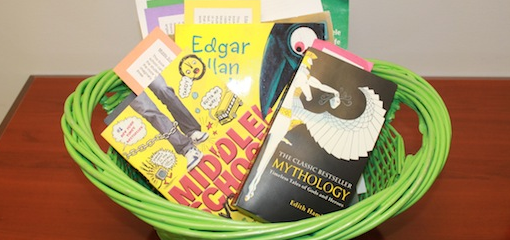
These examples show how teachers of different content areas can develop different text sets from the same book, and how teachers from every content area can incorporate text sets into their curricula.
Why did we design text sets?
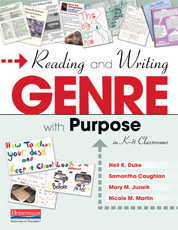
The goals of this assignment were to help preservice teachers (1) understand what a text set is and (2) experience putting a text set together. The important decisions included:
- Choosing an anchor text;
- Deciding on a theme in the anchor text to explore through the text set;
- Selecting other appropriate texts.
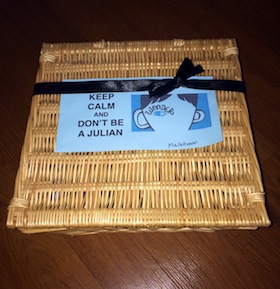
This We Believe, the guiding document of the Association of Middle Level Education (www.amle.org), encourages a middle school curriculum that is challenging, exploratory, integrative, and relevant for young adolescents. More specific to literacy, the Common Core State Standards call on students to read a range of texts of varying genres and increasing complexity across the content areas. These standards can seem daunting to preservice teachers. A text set assignment, like the one described above, is one way for teacher educators to prepare preservice teachers to plan curriculum and instruction that meets the CCSS and AMLE Standards through specific focus on one anchor text and supporting texts. In framing this assignment, these sources provided examples and guidance:
- Creating Text Sets for Whole Class Instruction (Louisiana DOE)
- Text Sets: Providing Possibilities for Adolescent Readers (Janie R. Goodman)
Amanda Wall is an assistant professor in the Department of Teaching and Learning at Georgia Southern University, where she teaches courses in the middle grades program. She taught Language Arts and Latin in grades 5-12 for many years. Her articles for MiddleWeb can be found here.

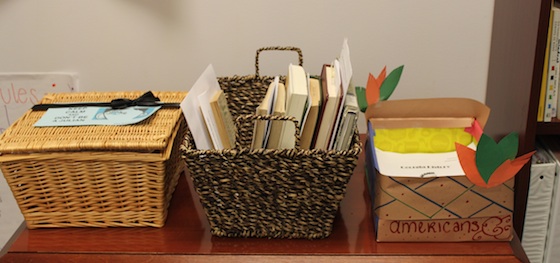
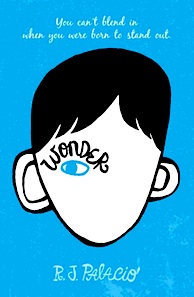 Same Book, Different Text Sets
Same Book, Different Text Sets

































